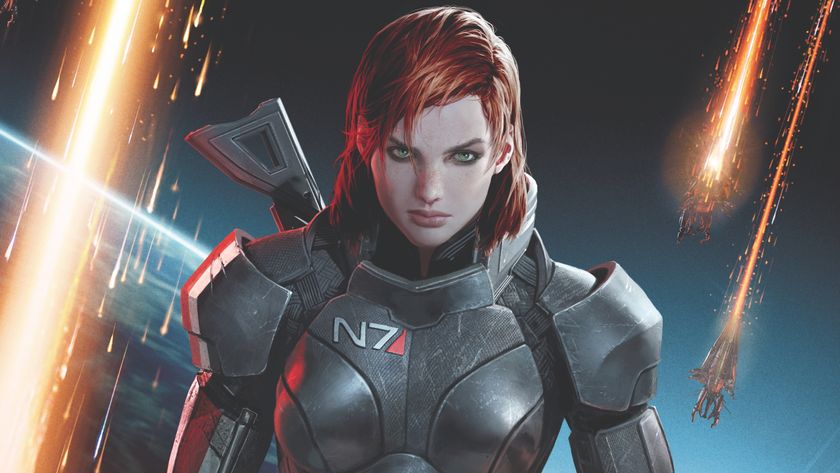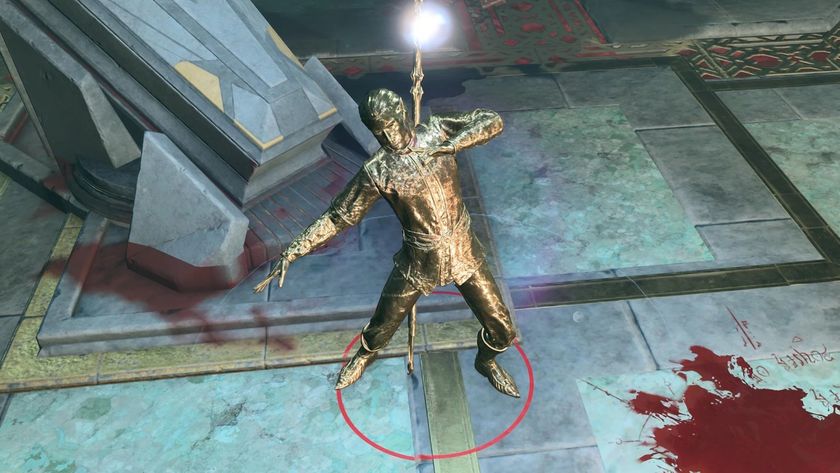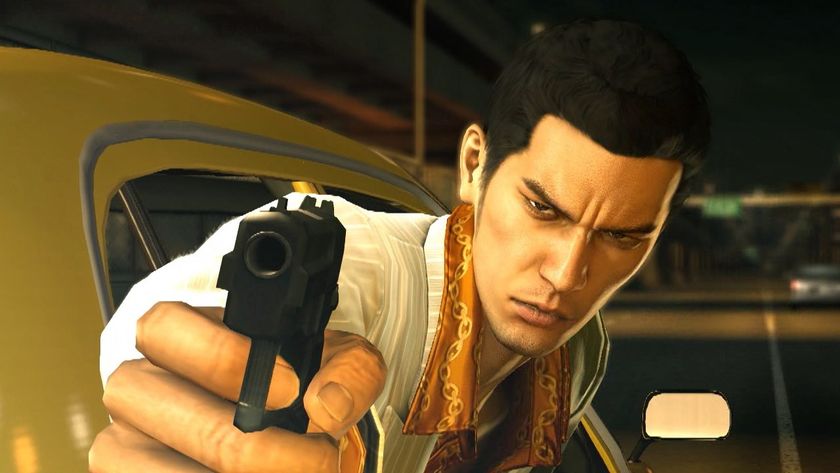The Top 7 Impossibilities that have become video game mainstays

Realism shmealism
Video games feed into a sense of escapism and fantasy, where you can win the Super Bowl, frag super soldiers, and alternately kill or make out with aliens (of varying attractiveness) without even spilling your Mountain Dew into your Doritos. We as players are willing to accept breaks from reality in these circumstances, particularly when it smoothes out the gameplay or somehow makes things more enjoyable (hmm wing cap, you say?).
As long as it benefits the game more than it detracts, we're happy to suspend our disbelief even for some of the most obvious impossibilities. Let that go on long enough--or, in some cases, make the impossibility fun enough--and even the most realism-shattering acts can become such common mechanics, it's hard to imagine gaming without them. We've discussed this before when going over the 7 totally unrealistic things games do all the time, but we want to cover ever more examples of impossibilities that defied the odds (and physics) to become video game mainstays. So lace up your rocket boots, don your helmetless invincibility suit, and let's make our old science teachers cry.

7. Eternal flames
In adventure games like Tomb Raider and Legend of Zelda, it's not at all strange to wander into an ancient crypt or underground chasm to discover torches still burning hundreds of years after the place was abandoned. Given that fire doesnt do well in inhospitable or resource-poor conditions, and that even technically advanced torches only last about half an hour, it's highly unlikely these things would still be burning centuries after the previous owners beat feet.
Why it's still around: Do developers want modern-day lighting messing up the ambiance of their mythical ancient temples? If players have to carry their own torches, what happens if they run out? Infinity torches instantly solve these problems by streamlining and stylizing what is ultimately a background element. While some newish games like the Tomb Raider reboot get clever about it (by populating the place with new, insane and terrifying tenants), these eternal lights are probably going to be around for--well, you know.

6. Rocket jumping
It's every Soldiers favorite move, and exactly as insane as it sounds: the player character jumps and shoots a rocket beneath their feet, allowing them to reach otherwise inaccessible heights. Simple enough--except it wouldn't work that way at all and you would die. While there are a plethora of issues with rocket jump physics, the biggest is how thats not what rockets were designed to do. The equal and opposite reaction to a rocket's thrust isn't going to be strong enough to lift a 200-pound human being. The rocket will, however, destroy whatever it hits and everything around it. Anyone trying this move in reality has a way better chance of blowing off their legs and filling themselves with shrapnel than getting any lift.
Why it's still around: Something about the combination of explosions, flight, and stomping on level designers' most carefully laid plans brings glee to our gamer hearts. This one probably wouldn't have gotten off the ground (ha) without extensive player buy-in, which shot up in the early days of Quake and shows no signs of coming down.
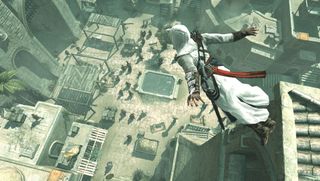
5. Soft, safe falls
Some video games would have you believe that a soft surface will cushion any fall; if you're going to jump off a twenty-story building, just aim for a haystack. In reality, youre hitting that cushion with more force the longer you pick up speed, making it exponentially less effective. That pile of palm fronds is a lot less helpful when you hit it going 50 mph, and water isnt much nicer. For perspective, most people who jump the 220 feet from the Golden Gate Bridge dont survive the impact, and thats 50 feet shorter than the Campanile di Giotto that Ezio jumps from in Assassins Creed II. And using an NPC to cushion a fall and have both people survive? Ha ha ha ow.
Why its still around: This one has probably survived for a couple of reasons. For instance, some people think its actually true (which it can be, but usually isnt), and certain genres of gaming would cease to exist without it. How often would you pick up a platformer if every slip meant certain doom? What is this, the original Donkey Kong?
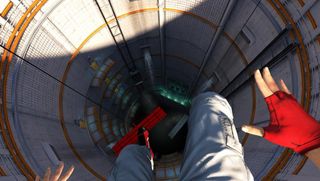
4. Equal distribution of fall damage
Let's stick with the falling theme for a moment. Even when a character does plummet from a damage-worthy height and take a hit to the health bar, it affects them in a very general sense, spreading over their whole body when it should logically focus on a certain area. This is particularly jarring with fall damage. Since most characters land on their feet without spreading the force out by rolling (excluding the folks from Assassins Creed and Mirrors Edge, bless them), the deceleration should shatter their ankles and kneecaps. However, that doesnt happen, and they simply walk away with a vague, all-encompassing injury. Thats like smashing your arm in a car door and hurting your spleen.
Why its still around: Simplicity. While it may be more realistic to show damage hitting specific areas in specific ways, it adds a level of detail so involved that it detracts from the main focus of the game. Unless theres a critical reason that one body part is being affected over others, its better to just cut it out.

3. Impossibly large weaponry
There's something intimidating about a character with a weapon the size of their entire body, inspiring awe and increasing their awesomeness ten-fold. It gets a lot less impressive, though, when you realize they probably wouldn't be able to swing the thing in real life. Overly large weapons the likes of Soul Edge from Soul Caliber, the Barbarian Hammer from God of War, or whatever the heck Garland's carrying in Dissidia would be virtually impossible to use for their intended purpose. They're just too big to effectively function. For instance, if you assume the Buster Sword is six feet tall and made of steel, it would weigh over 130lbs. Swinging such a blade fast enough to cut something would be a superhuman chore, and even bludgeoning someone is going to be Herculean. It makes sense that Kratos can do it, but everybody else is going to be dragging dead weight to a gunfight.
Why it's still around: Remember when I mentioned awesomeness a minute ago? That's pretty much the extent of it. People want to look cool and, physics be damned, big weapons mean big coolness.
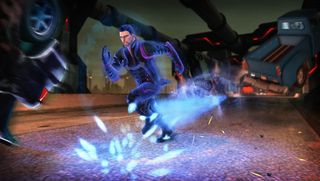
2. Infinite stamina
For anyone who doesn't know the origin of the word "marathon," it comes from this story: after the Greeks triumphed at the Battle of Marathon, a messenger ran to Athens without stopping, announced the victory, then fell down dead. To most, that would seem like an incredible feat--unless you're a video game character, in which case it's Tuesday. Without regard for age, prior training, or physical fitness, an astonishing number of game characters have the ability to run for an infinite amount of time without even getting winded. That would be pushing it for a collective of Olympians, but this group includes everyone from warriors to children to the physically deteriorated. This isn't even about characters who can jog across cities--we're talking about running full tilt across countries and never breaking a sweat. Can we get these folks on Team USA?
Why it's still around: Anyone who's ever somersaulted across Hyrule Field knows how awful it is when a character can't really run. Good on the developers for nipping that one in the bud--Epona's had enough carrots.
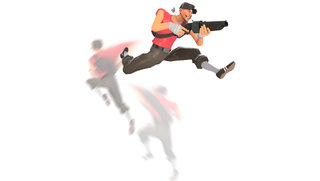
1. Double jumping
There it is, my friends: gaming's ultimate middle finger to science. The double jump allows a character to accelerate and ascend in midair by pushing off of... nothing, literally pulling momentum out of thin air. It has no basis in fact or science, even by way of misconception. It is everywhere, and nobody seems to care if it's possible or not. Some games pull it off more thoughtfully than others--Banjo-Kazooie uses Kazooie's wings to extend the jump; Dishonored does it with magic; Psychonauts involves psychic energy bubbles. But in the end, it doesn't matter. This one's so deeply ingrained in the collective gaming psyche that no rational explanation is ever going to dislodge it. Who cares about gravity? Forget Newton's Second and Third Laws of Motion. There are bad guys to fight, buildings to scale, races to win and kingdoms to save, and if a double jump is going to help us do it, then by God, let it be done. Viva la jump!
Why it's still around: I actually have no idea. It's sort of cool, but it makes so little sense that you'd think developers would just leave it in the past.

But you can't jump
And if you're looking for more, check out unrealistic things games do ALL THE TIME and unrealistic realism in games.

Former Associate Editor at GamesRadar, Ashley is now Lead Writer at Respawn working on Apex Legends. She's a lover of FPS titles, horror games, and stealth games. If you can see her, you're already dead.




